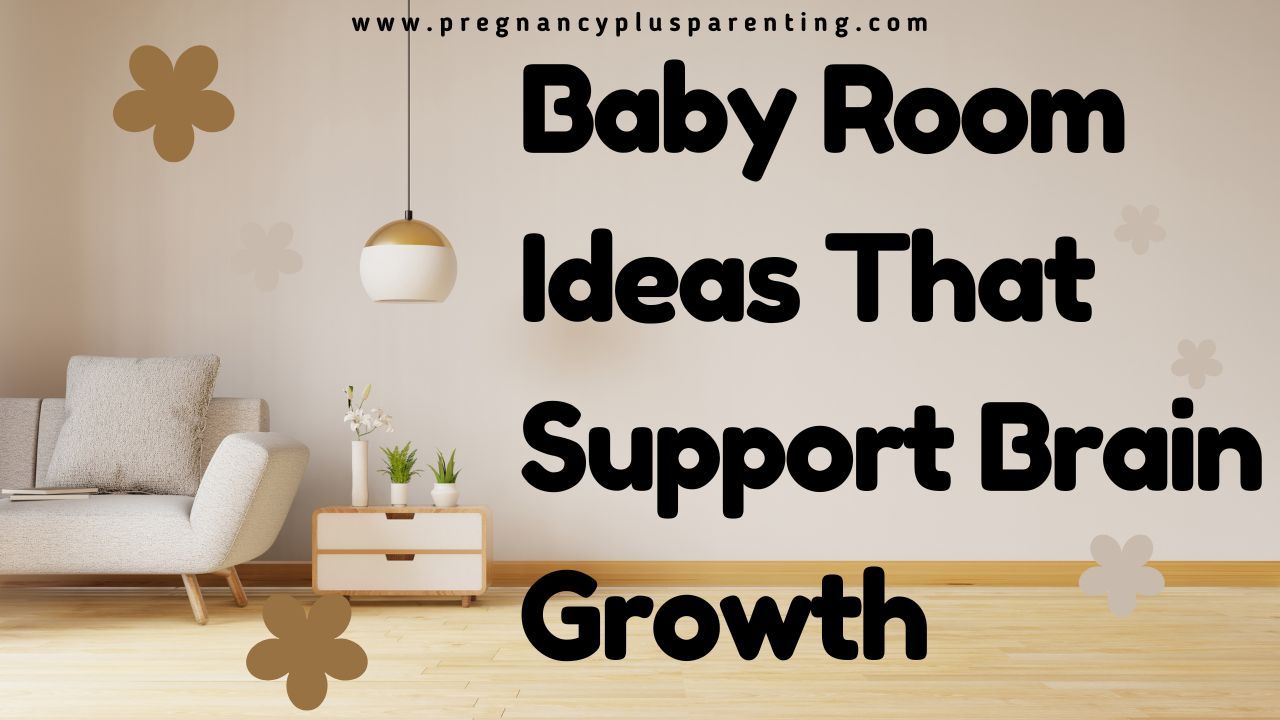Baby Room Ideas That Support Brain Growth
Designing a nursery for your little one is an exciting and wonderful challenge. It should not only be a wonderful place to play and relax, but also encourage your child’s creativity and development. Art plays an important role: Colors, shapes, and creative design provide targeted inspiration that promotes and shapes your child’s development.
In this guide, you will learn how to use simple tools and a little creativity to create an inspiring environment in which your child can develop and feel completely comfortable.
1. The effect of colors: Choose colors that inspire your child
Colors have a strong influence on your child’s mood and creativity. Bright and friendly colors like pastels, yellow, or green create a calming atmosphere and invite a sense of well-being. Bright colors, such as red and orange, on the other hand, can be very stimulating, making them ideal for creating a play area where your child can let off steam. Be careful not to use too many bright colors, however, as these can quickly overwhelm your child if used incorrectly.
Tip : Let your child help decide! A trip to the hardware store together, where your child can choose a few of their favorite colors, can give them the feeling of being actively involved in the design process. You can then use these “favorite colors” to design smaller areas or accessories.
2. Art as a form of expression: Create an inspiring space for your little artists
Children love to express themselves artistically. An area where they can paint, do crafts, or even create small sculptures out of clay is perfect for encouraging the creative development of these little talents. You don’t need much space for this either; a small table and/or chair corner with art and craft supplies is often perfectly adequate.
Tip : For example, create a “mini gallery” on the wall. Hang a string with clothespins on which your child can hang their own artwork and swap it out as they please. This creates a very personal exhibition that adds a creative and lively touch to the room and is constantly evolving.
3. Natural materials and sustainability: Stimulating the senses and teaching mindfulness
In addition to colors and art materials, the materials that surround your child also play an important role. Natural materials such as wood, cotton, or wool create a cozy and healthy indoor climate and also promote your child’s well-being. The different textures and smells also stimulate the senses and allow children to discover the world in a natural and unobtrusive way.
Tip : Work with your child to create decorative elements from natural materials you can gather together in nature, such as stones, pieces of wood, or chestnuts. A homemade mobile, chestnut men, or a colorful garland made from natural materials are not only beautiful to look at, but also bring a touch of nature into the nursery.
4. Wall design as an art form: Make creativity visible
Walls are the ideal space to display impressive works of art. Creative wall design not only brings life to a child’s room, but also promotes the development of visual thinking. Whether with wall stickers, posters, or hand-painted pictures, you have almost unlimited possibilities to stimulate your child’s imagination.
Tip : If your child is old enough, you can also create a fantastic mural together. Painting a wall with chalkboard paint, for example, is a great idea, as your child can create new works of art on it again and again. Alternatively, you can also use washable wall paint, which allows your little artist to express their creativity without leaving anything on the wall “forever.”
5. Inspiring corners: Create spaces for retreat and discovery
Just like us adults, children need space for peace and concentration, but also room for adventure and discovery. A reading corner with cushions and a comfortable armchair can serve as a lovely retreat, inviting them to read and dream. A small rug, a homemade teepee, or a canopy further create a cozy atmosphere and invite them to retreat and take creative breaks.
Tip : Build a small den with your child out of pillows, blankets, and maybe a bedsheet, or simply construct a cool teepee. Such retreats encourage imagination and allow your child to immerse themselves in a small, self-created world.
6. The important role of music and sound in child development
Music and sounds are also important in children’s development and should be an essential part of a creative children’s room. Sounds stimulate the sense of hearing and have a positive influence on brain development . Musical toys, such as simple instruments or even a small music corner, can help your child develop a sense of rhythm and melody. This not only promotes creativity but also language development.
Tip : Create something together, for example, a “sound wall”! You can attach various instruments or sound boxes to the wall, such as a small glockenspiel, drums, or homemade instruments made from pots and spoons. This way, your child will have their own musical space where they can continually discover new things.
7. Order and freedom: A place of creativity where everything has its place
Even if a child’s room is meant to be creative and vibrant, order is important. A certain “fixed” structure and designated storage spaces for craft supplies, toys, and books provide your child with orientation and also make tidying up easier. Shelves and boxes placed at a child-friendly height help your child learn to keep things organized independently. This way, your child has access to their favorite materials at all times and simultaneously learns to take responsibility for their environment.
Tip : Use simple wooden boxes that you can paint together. This way, they not only become practical storage boxes, but also unique decorative elements that fit the room individually. Your child can let their imagination run wild, and each box becomes a little gem!
Conclusion: A creative children’s room as an inspiring place for development and unfolding
Designing a child’s room is a wonderful way to encourage your child’s creative development. With the right use of colors, space for artistic expression, and diverse design elements, you create an environment that stimulates your child’s imagination and sense of discovery. At the same time, your child learns to take responsibility for their space and feel comfortable in a cozy and harmonious environment.
If our suggestions and tips inspire you and you’re looking for further inspiration or the perfect piece of art for your child’s room, you’ll find numerous other brilliant ideas and personalized gifts at famwalls . We’d be delighted if you’d stop by.







